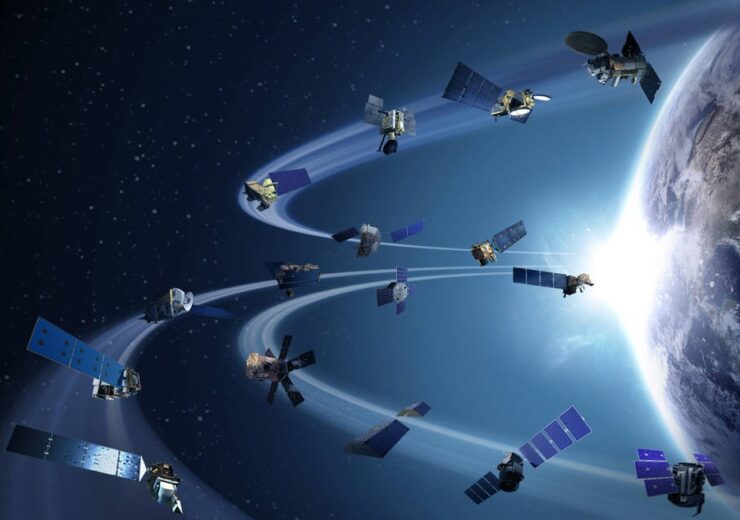The partnership will focus on preventing conjunction between NASA spacecraft and SpaceX Starlink satellites

An illustration showing some of the many NASA satellites in Earth orbit. (Credit: NASA)
The National Aeronautics and Space Administration (NASA) and SpaceX have agreed to share information to avoid spacecraft collisions and improve safety.
The agreement defines the arrangement, responsibilities, and procedures to be followed by the two parties for flight safety coordination.
It places focus on preventing conjunction and launch collision avoidance between NASA spacecraft and the large constellation of SpaceX Starlink satellites.
A conjunction is defined as a situation where two objects in space come close to each other, usually at very high speed, during their flight.
NASA acting administrator Steve Jurczyk said: “Society depends on space-based capabilities for global communications, navigation, weather forecasting, and much more.
“With commercial companies launching more and more satellites, it’s critical we increase communications, exchange data, and establish best practices to ensure we all maintain a safe space environment.”
The Starlink spacecraft are said to feature global navigation satellite service receivers to estimate orbital parameters, an ion propulsion system, and an autonomous manoeuvring capability that offer data for prompt and proactive exchange of information.
The enhanced interaction is expected to benefit both NASA and SpaceX, as it ensures that all involved parties are aware of the exact location of spacecraft and debris in orbit.
As part of the deal, SpaceX has agreed its Starlink satellites will autonomously or manually manoeuvre to ensure that no interruption is caused to the missions of NASA science satellites and other assets.
In the event of a potential conjunction, NASA has also agreed to not manoeuvre its assets to make sure that the parties do not inadvertently manoeuvre into one another.
The US space agency stated: “NASA and the Department of Defense have decades of experience in proactively managing collision risks, as well as potential impacts.
“Effective mitigation relies on inter-operator coordination, accurate data, a sound technical basis for risk analysis, as well as proactive processes for appropriate actions to mitigate risks.
“By working together through this agreement, the approach to collision avoidance can be improved for all users.”
In February this year, SpaceX has reportedly raised $850m in a new funding round that valued the company at $74bn.


